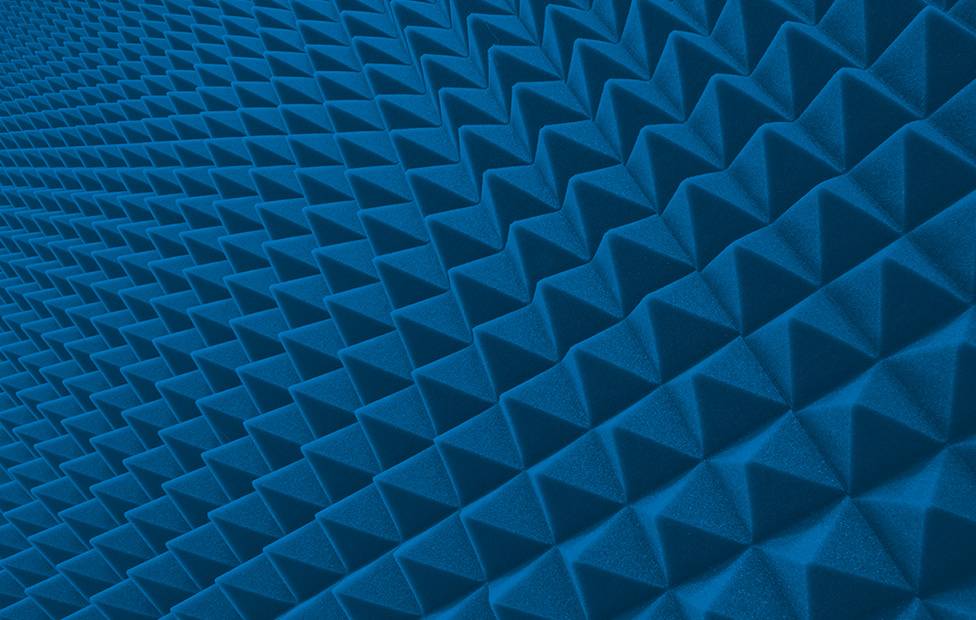What
is Sound Insulation Testing?
A sound insulation test is a measure of how much sound gets
transmitted from one room to another, for rooms which are either next to each
other (party wall sound insulation) or one above the other (sound insulation
between floors).
Why is
Sound Insulation Testing Required?
As a responsible developer you want to make sure that the sound
insulation between dwellings is of a good enough standard to stop future
occupants disturbing each other. It is also covered by Building Regulations Approved Document E which requires testing to be carried out to demonstrate ‘reasonable
resistance to sound from other parts of the same building and from adjoining
buildings’. This is defined by single figure noise indices specified in British Standard BS
EN ISO 717.
Sometimes a leaseholder, or even a tenant, may ask us to carry out such
testing if they feel that their landlord is not providing a good enough standard of sound insulation between residential
units. We can provide expert evidence on this in cases of dispute.
Who
carries out Sound Insulation Testing?
Approved Document E (ADE) specifies that the person carrying out building work should arrange
for sound insulation testing to be carried out by a test body with appropriate third-party
accreditation. This includes
laboratories, such as ourselves, with UKAS accreditation (Lab No. 9452) to carry out pre-completion testing in accordance with the requirements of ADE.
What
does a Sound Insulation Test Involve?
In simple terms, the test involves making a noise in one
room and measuring how much noise/sound can be measured in the room next door,
or above and below. A measurement of impact sound transmission is also made by
using a ‘tapping machine’ on the floor and measuring the level in the room
below.
In practice, the tests are carried out using specialist
equipment and a methodology specified in British Standard BS EN ISO 140, which
requires measurements at a number of locations and a test of ‘reverberation
time’ in the receiving room.
What
if the Sound Insulation does not Comply with the Building Regs?
If the results of the sound insulation test fail to comply
with the building regulations, we can provide advice on how to improve the
sound insulation performance of the walls and/or floors, as well as identify
any weak spots or problem areas. Although this is outside the scope of the test
report produced under the UKAS accreditation (which is purely concerned
with the sound insulation performance of the existing structure), we offer this
to our clients as a design service and to aid them in future tests. Sound
insulation advice following a failed test would include interpretation of the
results to provide a reasoned explanation for the failure, together with
potential solutions to remedy poor performance of specific elements.
For more information on our sound insulation testing or to
get a quote, please contact us.
